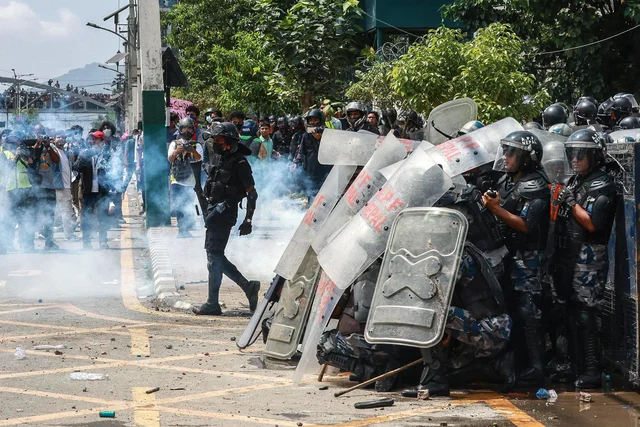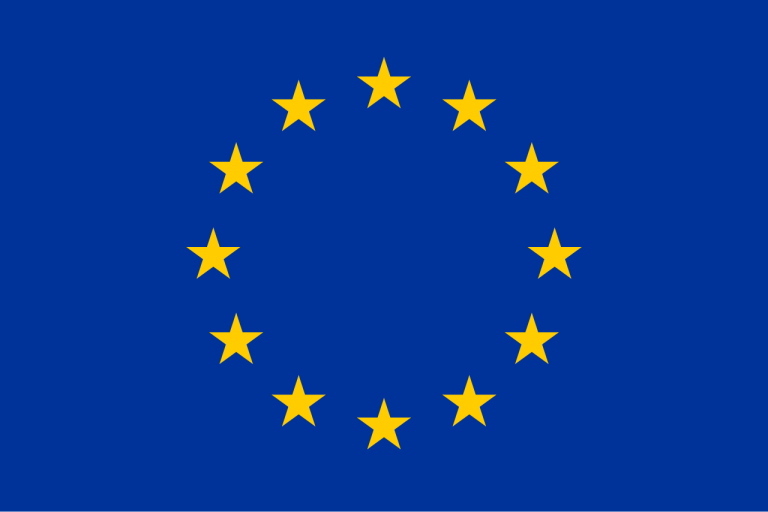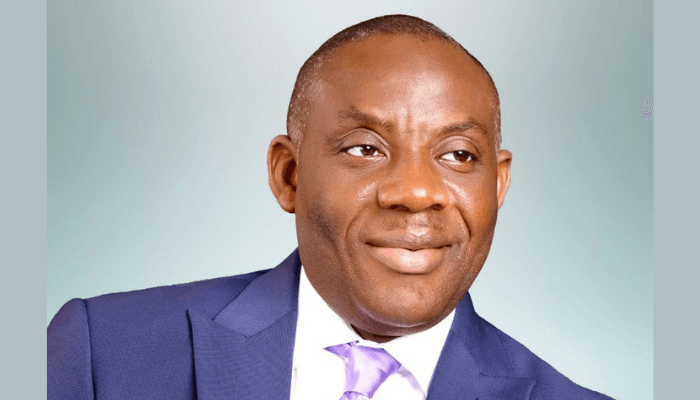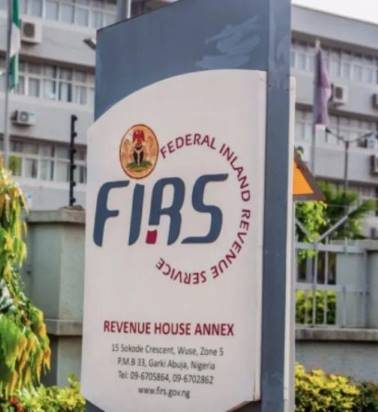
At least 10 protesters were killed and 87 injured in Kathmandu on Monday after Nepalese police fired rubber bullets, tear gas, and water cannons at crowds demanding an end to the government’s ban on social media platforms and stronger action against corruption.
The demonstrations erupted after authorities blocked access to 26 unregistered social media platforms on Friday, including Facebook, YouTube, and X, sparking public anger and confusion. Popular platforms like Instagram—widely used for entertainment, news, and small businesses—have also gone dark, though TikTok remains online.
“Until now, 10 protesters have died and 87 are injured. The crowds are still in the streets,” police spokesman Shekhar Khanal told AFP.
At the nearby Civil Hospital, chaos unfolded as injured protesters poured in.
“I have never seen such a disturbing situation. Tear gas even entered the hospital, making it difficult for doctors to work,” said hospital information officer Ranjana Nepal.
Waving national flags, young protesters began by singing the national anthem before chanting slogans against corruption and the online ban.
The demonstrations swelled as they pushed through barbed wire into a restricted zone near parliament. Some protesters scaled walls and entered the premises, prompting police baton charges and violent clashes.
Authorities quickly imposed a curfew across key government areas, including parliament, the president’s residence, and Singha Durbar, the prime minister’s office. Protests also spread to other districts across the country.
For many demonstrators, the social media ban was only the tipping point.
“We were triggered by the ban, but this is also about corruption that has become institutionalised in Nepal,” said Yujan Rajbhandari, a 24-year-old student.
Another protester, Ikshama Tumrok, 20, denounced the government’s “authoritarian attitude.”
“We want to see change. Others have endured this, but it has to end with our generation,” she said.
Videos circulating on TikTok, now the only major platform still accessible, highlight the contrast between the daily struggles of ordinary Nepalis and the lavish lifestyles of politicians’ children flaunting luxury goods and foreign vacations.
“There have been movements abroad against corruption, and the government is afraid the same could happen here,” said protester Bhumika Bharati.
Last month, Nepal’s cabinet gave social media companies seven days to register locally, establish a point of contact, and appoint compliance officers following a Supreme Court order. Officials insist the ban is not about censorship.
In a statement Sunday, the government said it respected freedom of thought and expression and was committed to ensuring “an environment for their protection and unfettered use.”
Nepal has previously restricted digital platforms. In July, the government blocked Telegram, citing online fraud and money laundering, while a nine-month ban on TikTok was only lifted in August last year after the platform agreed to meet regulatory requirements.



